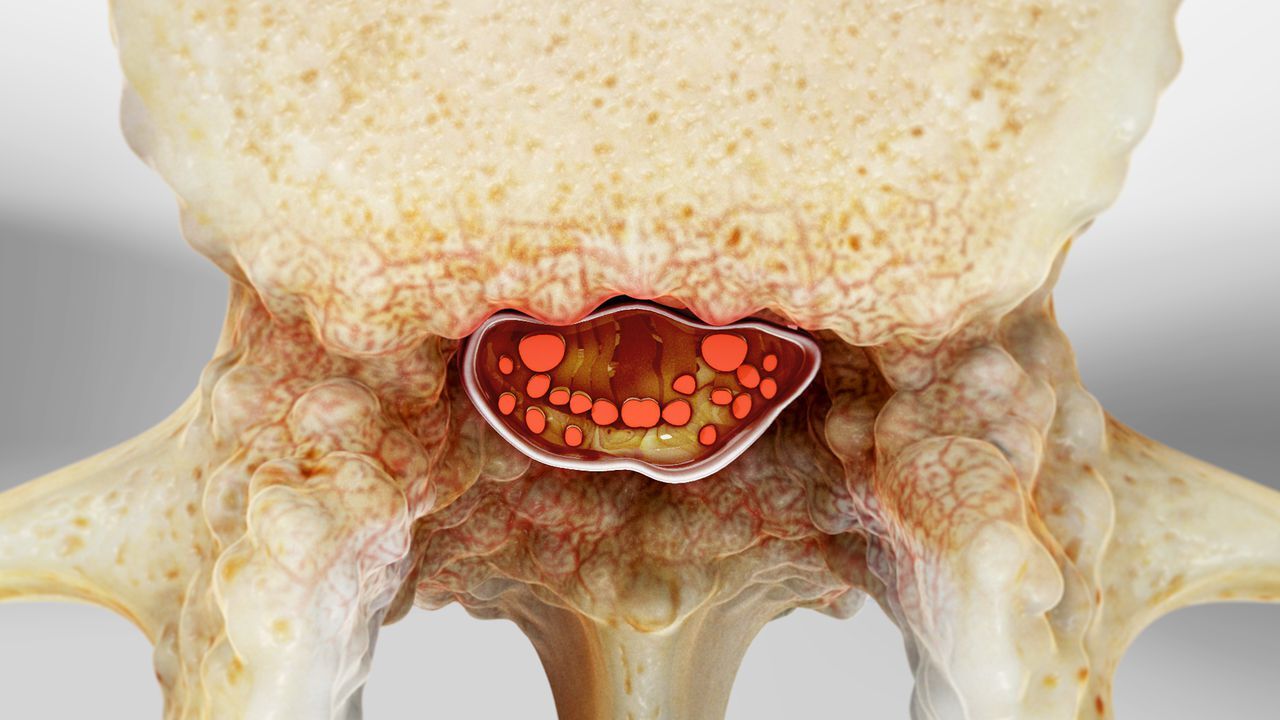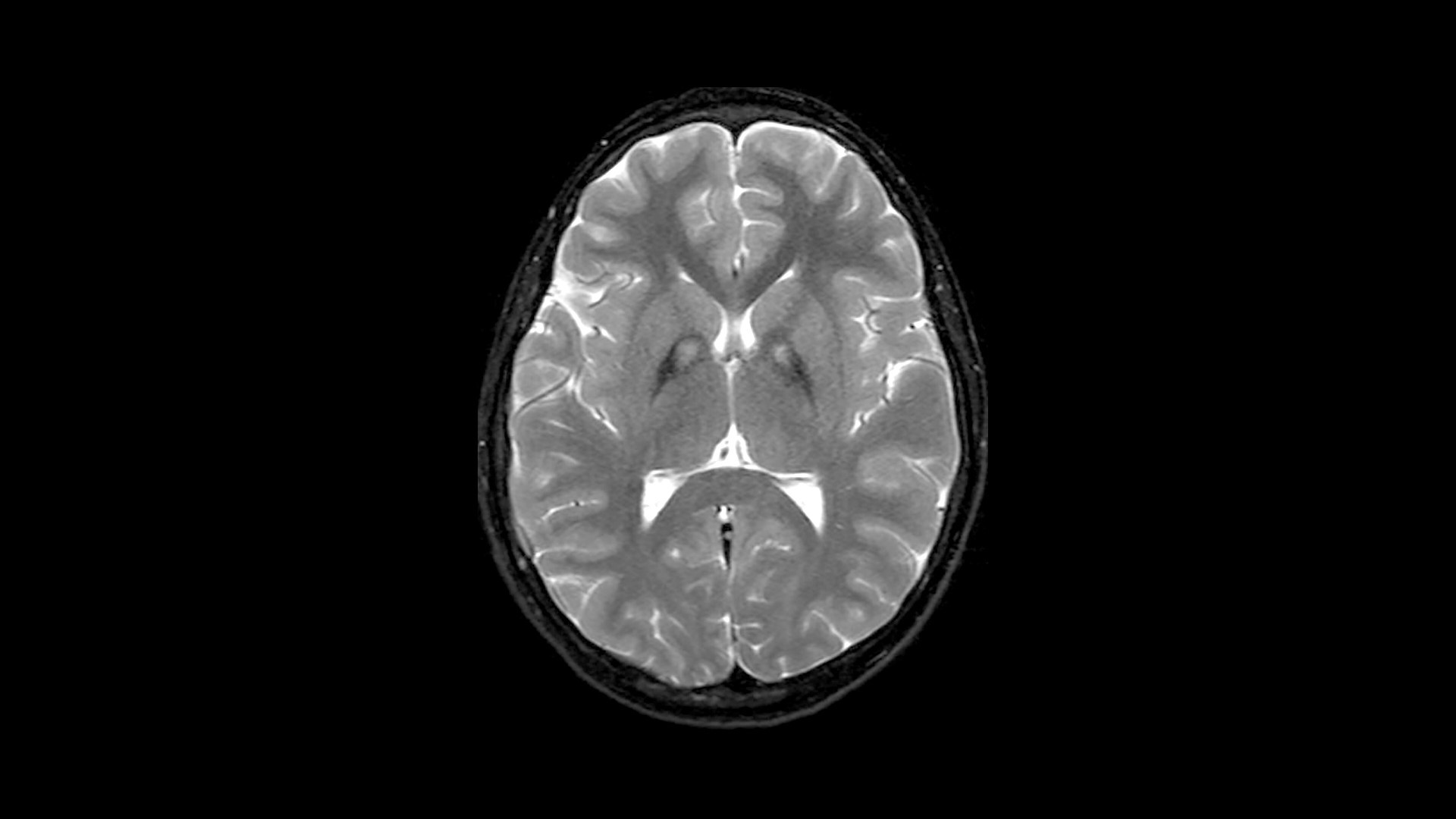
Cervical spinal stenosis is a condition where the spinal canal in the neck narrows, potentially compressing the spinal cord and nerve roots. This can lead to pain, numbness, tingling, and even difficulty with balance and coordination. Often seen in adults over 50, it can result from degenerative changes like spondylosis, herniated discs, or bone spurs. Trauma, inflammatory conditions, and tumors can also cause it. Understanding the causes, symptoms, and treatment options is crucial for managing this condition effectively. Early diagnosis and prompt treatment can significantly improve outcomes, helping patients maintain a better quality of life.
Key Takeaways:
- Cervical spinal stenosis is a common condition among adults over 50, causing pain, numbness, and weakness. Prevention through exercise, good posture, and avoiding smoking is key.
- Diagnosis involves a medical history, physical examination, and MRI imaging. Treatment options range from conservative measures to surgical decompression, with rehabilitation and patient education playing a crucial role in managing the condition.
What is Cervical Spinal Stenosis?
Cervical spinal stenosis is a condition that affects the neck region of the spine. This condition involves the narrowing of the spinal canal, which can lead to compression of the spinal cord and/or the nerve roots. Here are some key facts about this condition:
- Cervical spinal stenosis is a narrowing of the cervical spinal canal, which can lead to compression of the spinal cord and/or the nerve roots.
- This condition is often associated with degenerative changes in the cervical spine, such as spondylosis, but it can also be caused by other factors like trauma, inflammatory conditions, or tumors.
How Common is Cervical Spinal Stenosis?
Understanding the prevalence of cervical spinal stenosis can help in recognizing its significance among different age groups.
- Cervical spinal stenosis is a common condition, particularly among adults over 50 years old.
- It is estimated that cervical stenosis is present in approximately 6.8% of the population aged 50 or older.
- About 9% of those aged 70 or older are affected by cervical spinal stenosis.
Causes of Cervical Spinal Stenosis
Several factors can lead to the development of cervical spinal stenosis. Knowing these causes can help in early detection and prevention.
- The most common cause of cervical spinal stenosis is degenerative changes in the cervical spine, such as spondylosis.
- Herniated discs can push into the spinal canal and narrow it.
- Osteophytes, or bone spurs, are abnormal bony growths that can develop on the edges of vertebrae and protrude into the spinal canal.
- Ligamentum flavum hypertrophy, where the ligament thickens with age, can narrow the spinal canal.
- Trauma or physical injury to the neck can cause fractures or instability that lead to stenosis.
- Inflammatory conditions like rheumatoid arthritis can cause inflammation in the spine, leading to stenosis.
- Rarely, tumors can grow in the spine and narrow the spinal canal.
Symptoms of Cervical Spinal Stenosis
The symptoms of cervical spinal stenosis can vary in severity. Recognizing these symptoms can lead to timely medical intervention.
- Pain in the neck, arms, or hands is common and may worsen with activity.
- Numbness or tingling sensations in the arms or hands can occur due to nerve root compression.
- Weakness in the arms or legs can develop as the condition progresses.
- Problems with balance and coordination can lead to falls.
- Difficulty walking or controlling leg muscles can occur due to nerve root compression.
- In severe cases, bladder and bowel control may be affected due to compression of the spinal cord.
Risk Factors for Cervical Spinal Stenosis
Certain risk factors can increase the likelihood of developing cervical spinal stenosis. Awareness of these factors can aid in prevention.
- The risk increases with age, particularly after 50.
- There may be a genetic component, as demonstrated in twin studies.
- Repeated stress on the spine can lead to progressive degeneration.
- Osteoporosis can contribute to the progression of stenosis.
- Smoking has been linked to back pain and degenerative spinal diseases.
Diagnosing Cervical Spinal Stenosis
Accurate diagnosis is crucial for effective treatment. Here are the steps involved in diagnosing cervical spinal stenosis.
- A thorough medical history is taken to understand the patient's symptoms and any previous conditions.
- A physical examination is conducted to assess motor strength, sensation, reflexes, and gait.
- Imaging tests such as MRI (Magnetic Resonance Imaging) are used to visualize the spinal canal and assess the degree of stenosis.
MRI Grading Systems
Several grading systems have been proposed to assess the severity of cervical spinal stenosis based on MRI scans.
- Nagata’s Classification evaluates spinal cord compression into four classes (class 0 to class 3) based on the degree of compression.
- Muhle’s Classification uses kinematic MR imaging to classify cervical spondylitic myelopathy based on the obliteration of the subarachnoid space and presence of cord compression or displacement.
- Larsson’s Classification is a one-dimensional quantitative assessment that categorizes stenosis into mild, moderate, and severe based on the reduction in the width of the subarachnoid space.
Treatment Options for Cervical Spinal Stenosis
Treatment for cervical spinal stenosis depends on the severity of symptoms and the degree of stenosis. Here are some common treatment options.
- Initial treatment often involves conservative measures such as physical therapy, pain management, and lifestyle modifications.
- In severe cases, surgical decompression may be necessary to relieve pressure on the spinal cord and nerve roots.
- Foraminotomy is a surgical procedure that involves widening the intervertebral foramen to relieve pressure on the nerve roots.
- Laminectomy is a surgical procedure that involves removing part or all of the lamina to relieve pressure on the spinal cord and nerve roots.
- Deuk Laser Disc Repair is a minimally invasive procedure that uses laser technology to repair herniated discs.
Preventing Cervical Spinal Stenosis
While some risk factors cannot be changed, there are steps that can be taken to reduce the risk of developing cervical spinal stenosis.
- Maintaining a healthy weight can reduce stress on the spine.
- Regular exercise can help maintain spinal flexibility and strength.
- Maintaining good posture can reduce strain on the spine.
- Avoiding smoking can help prevent back pain and degenerative spinal diseases.
Managing Symptoms of Cervical Spinal Stenosis
Effective symptom management is crucial for improving the quality of life for patients with cervical spinal stenosis.
- Pain management includes using pain medications to manage pain.
- Physical therapy can improve mobility and strength.
- Lifestyle changes such as avoiding heavy lifting and bending can help manage symptoms.
Surgical Outcomes and Complications
Surgical outcomes for cervical spinal stenosis can vary, and complications can arise from both conservative and surgical management.
- Many patients experience significant improvement in their symptoms following surgery.
- Complications can include infection, nerve damage, and post-surgical instability.
Rehabilitation and Patient Education
Rehabilitation and patient education are essential parts of managing cervical spinal stenosis.
- Rehabilitation includes physical therapy to improve mobility and strength, as well as occupational therapy to help patients return to their daily activities.
- Educating patients about their condition, providing clear instructions on how to manage their symptoms, and ensuring they understand the treatment options available to them is crucial for effective management.
Key Takeaways on Cervical Spinal Stenosis
Cervical spinal stenosis, a narrowing of the spinal canal in the neck, can cause pain, numbness, and even difficulty walking. It often affects adults over 50, with degenerative changes like spondylosis being the main culprit. Other causes include herniated discs, bone spurs, and trauma. Symptoms range from neck pain to incontinence in severe cases. Diagnosis involves a medical history, physical exam, and MRI scans. Treatment options vary from conservative measures like physical therapy to surgical procedures like laminectomy. Preventive steps include maintaining a healthy weight, regular exercise, and avoiding smoking. Early diagnosis and prompt treatment are crucial for better outcomes. Understanding the causes, symptoms, and treatment options can help manage this condition effectively.
Frequently Asked Questions
Was this page helpful?
Our commitment to delivering trustworthy and engaging content is at the heart of what we do. Each fact on our site is contributed by real users like you, bringing a wealth of diverse insights and information. To ensure the highest standards of accuracy and reliability, our dedicated editors meticulously review each submission. This process guarantees that the facts we share are not only fascinating but also credible. Trust in our commitment to quality and authenticity as you explore and learn with us.


